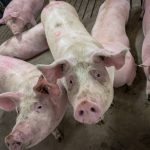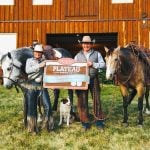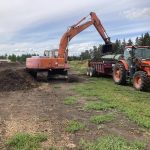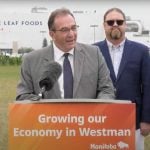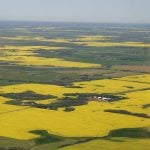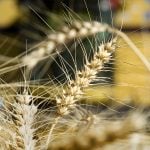The pork industry is expected to remain flat but the beef side is slowly improving as prices rise and new markets are found
The Alberta beef and pork sectors are major players in the provincial economy, but their futures face constraints.
Livestock is the largest component of Alberta’s agricultural and food industries, said Scott Richman, vice-president of Informa Economics, which conducted an analysis with the consulting firm Serecon.
“The story for both sectors is one of opportunities and constraints,” Richman said at the June Alberta Livestock and Meat Agency annual conference in Calgary.
Commissioned by the agency last year, the study forecasts a positive outlook for the next 10 years on the heels of a decade of high input costs, the 2008 recession, political fights over country-of-origin labelling in the United States and closed borders due to BSE.
Read Also
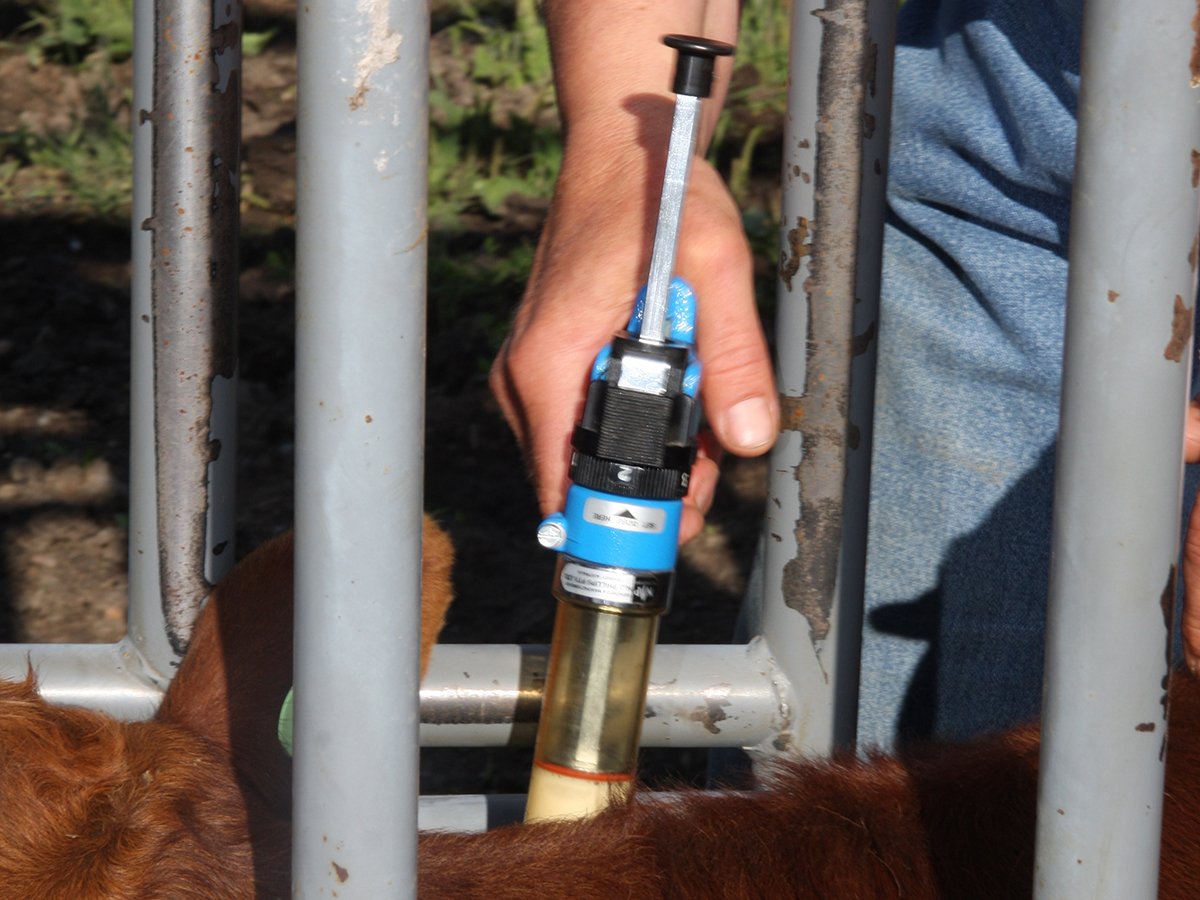
Canada must address potential veterinary drug shortages
If critical products are unavailable when needed, it could result in unnecessary human and animal deaths in the worst-case scenario.
The pork industry has undergone significant liquidation in the last decade, resulting in fewer producers and only one major packer in the province.
“The ability to rebound is compromised compared to the cattle side,” said Richman.
The industry struggles to find enough employees, and lenders are reluctant to help finance the rebuilding of aging barns.
“There is a not a lot of discretionary equity from recent years for producers to be able to put money back into the industry,” he said.
“Financial institutions have virtually no interest in extending loans to the hog sector in this moment in time,” he said.
Canada’s overall hog inventories are likely to remain flat, although there may be modest improvement with some increase in sow numbers and more pigs born per litter.
Opportunities may be found in major markets such as China. The country accounts for about half of world production of pork, and the government policy is to maintain self-sufficiency.
It will need to import if it fails to do that, which offers an opportunity to Canada.
The beef side is improving with potential rebuilding.
However, the cattle sector faces the same challenges as the hog industry with not enough labour and the ongoing struggle to keep both major packers in business.
“We expect both major packers to stay in operation and are waiting for Harmony Beef to start,” Richman said.
“It is a bit of a niche player and it will not move the needle as much as what goes on with the major companies.”
The world market is moderately positive. Developed markets have stable economies and no growth is expected in North America or Europe.
However, Asia is considered a growth market.
The study predicts Alberta will continue to dominate the beef industry.
“We see Alberta continuing to gain an increasing share of Canada’s beef cow herd,” he said.
“Alberta has a good foundation of natural resources and strong industry infrastructure that can be built on.”
Cow-calf prices and margins have been at record highs this year, but a modest decline is expected in 2016. Nevertheless, prices will continue to be strong for the rest of the decade.
The wild cards include possible unexpected diseases that could close borders, a trade action or a fluctuating currency.
A positive outlook is always good to hear, but for Alberta Beef Producers chair Greg Bowie, the watchword is caution.
He does not expect any near-term expansion of the cow herd, especially in current hot, dry conditions.
“The signals are not there right now, particularly because we are in this weather situation, and that is going to have an impact,” said Bowie, who ranches near Ponoka, Alta.
Unknowns such as a packing plant closure or other unexpected event could pressure the industry.
“If we lose a packing plant or (COOL) isn’t resolved, the decline is going to be fairly dramatic.”
Bowie is also concerned about land prices and demographics.
“Seven people will retire in the next five years for every one they expect to come into the industry,” he said.
“That is a huge imbalance. Good prices for a few years will start to correct that bottom end number, but guys at the top end will still retire.”
The price of land in Alberta is a concern because its value is based on other uses such as development and recreation.
“Any land in this province is beyond ag value,” Bowie said.
“I haven’t heard any land sell for what it should sell for from an ag perspective.”
Financing is also a challenge because prices have not been good enough for long enough for banks to feel confident to lend money for expansion or land purchases.
“Cows are almost triple what they were worth not that long ago and we don’t have that multiple years of good prices for the banks to use as the new trend,” he said.
“The banks are being a little bit cautious, but the key thing is getting a few good years back to back and they can justify lending out that sort of money.”











